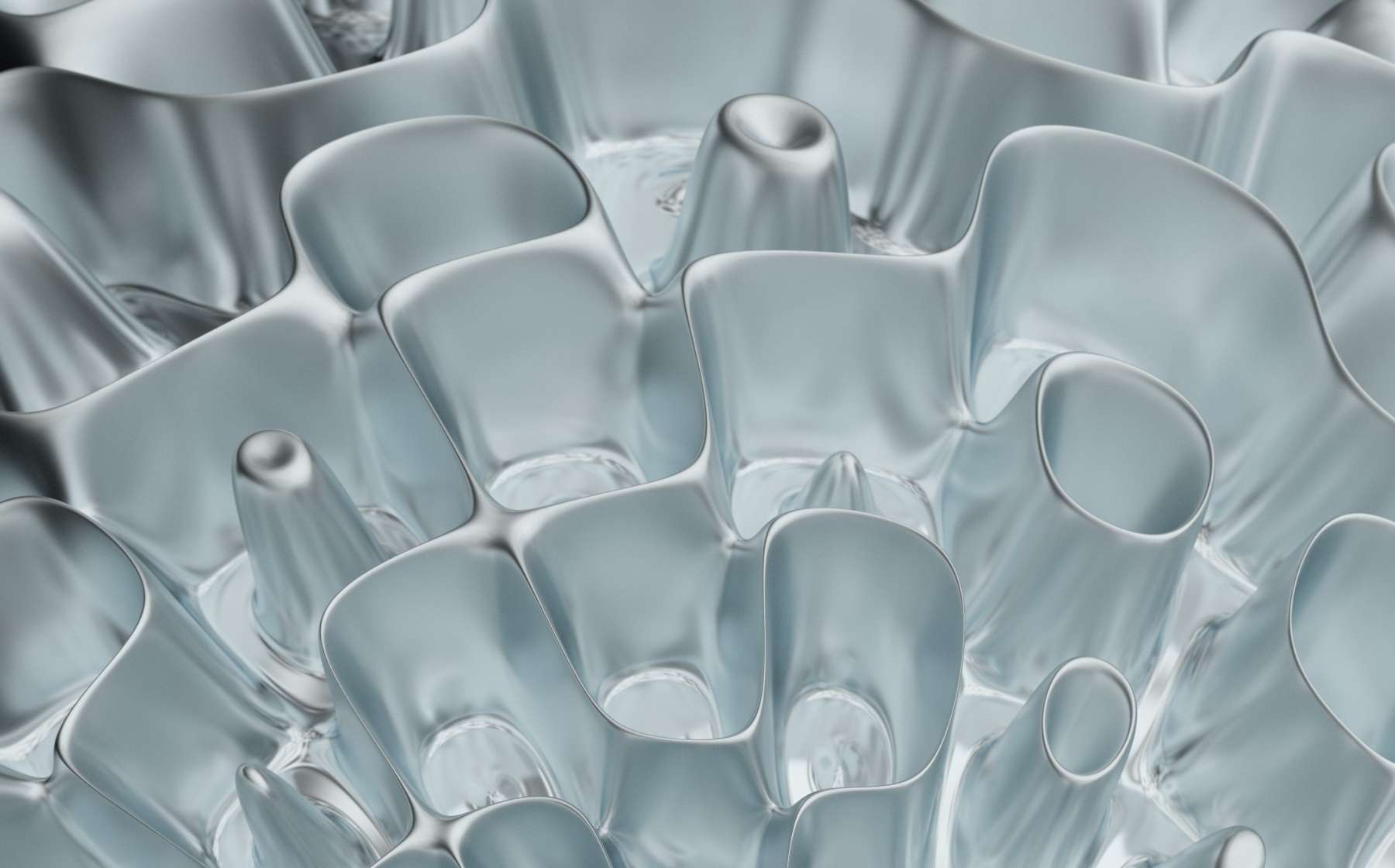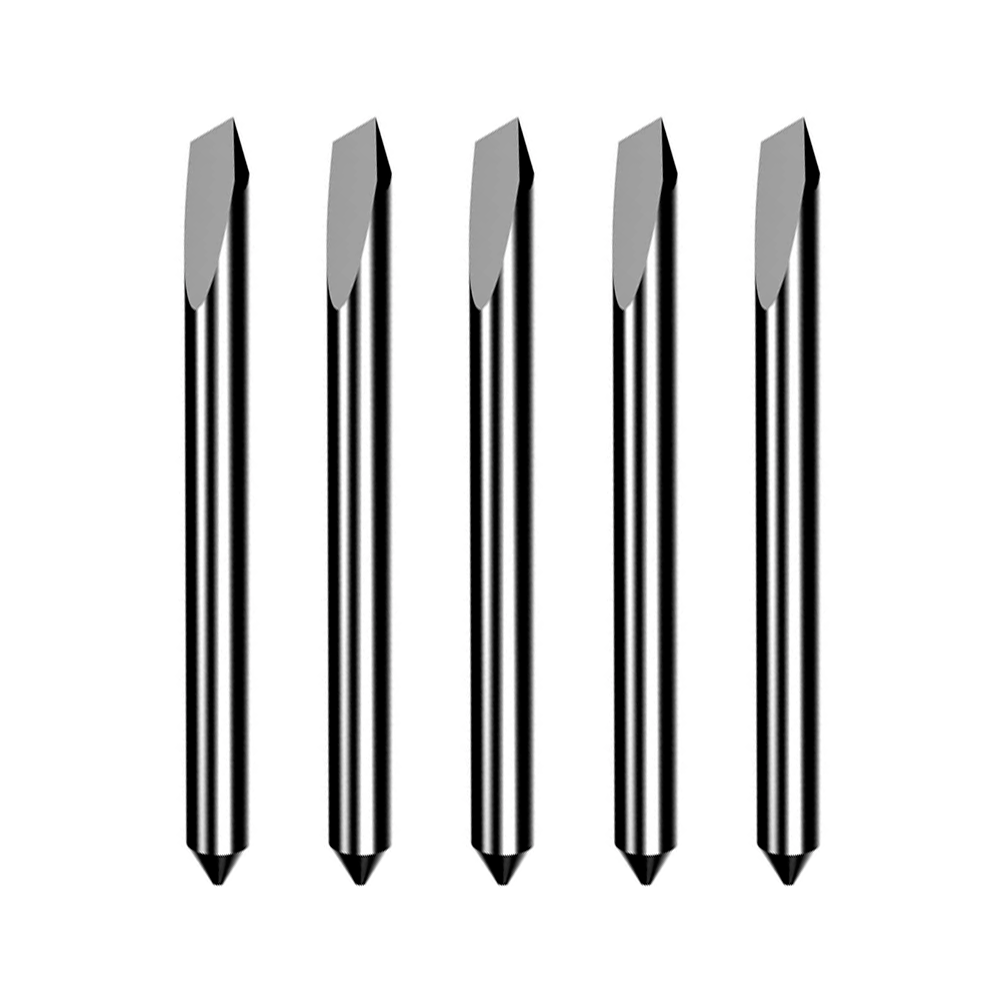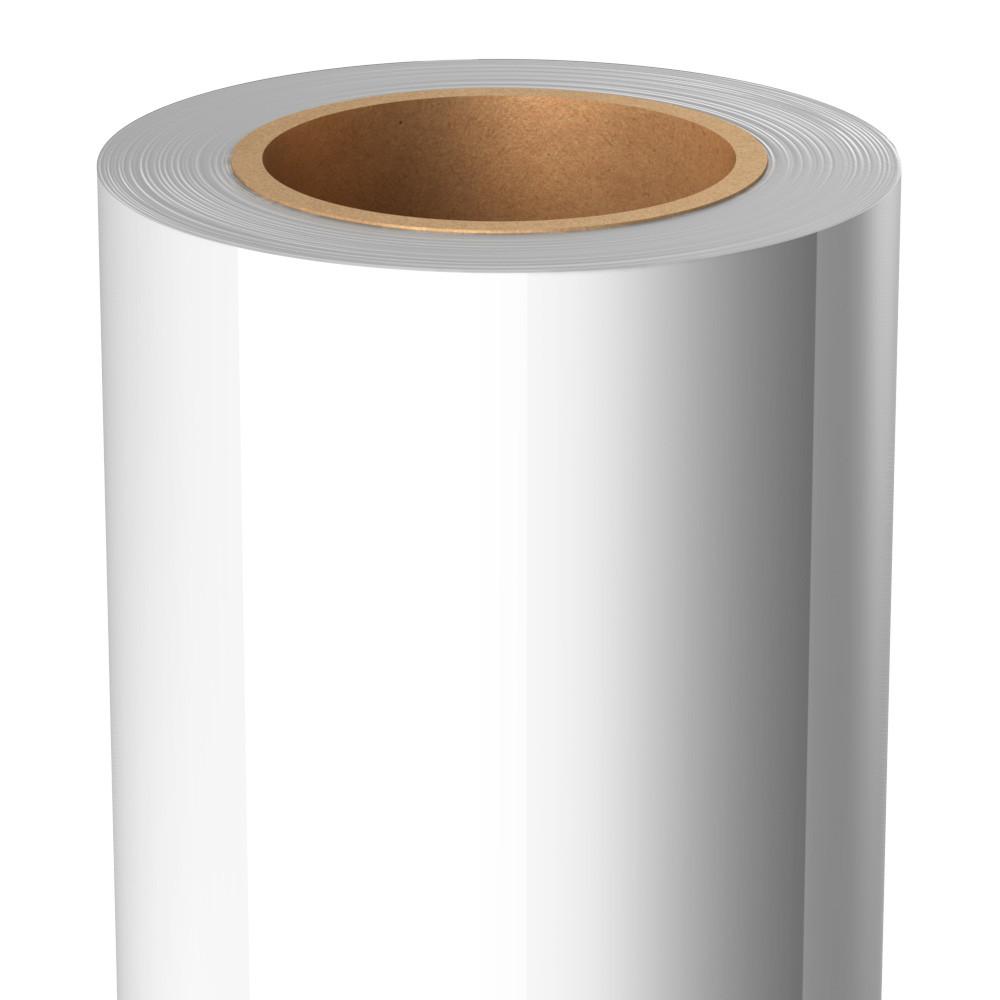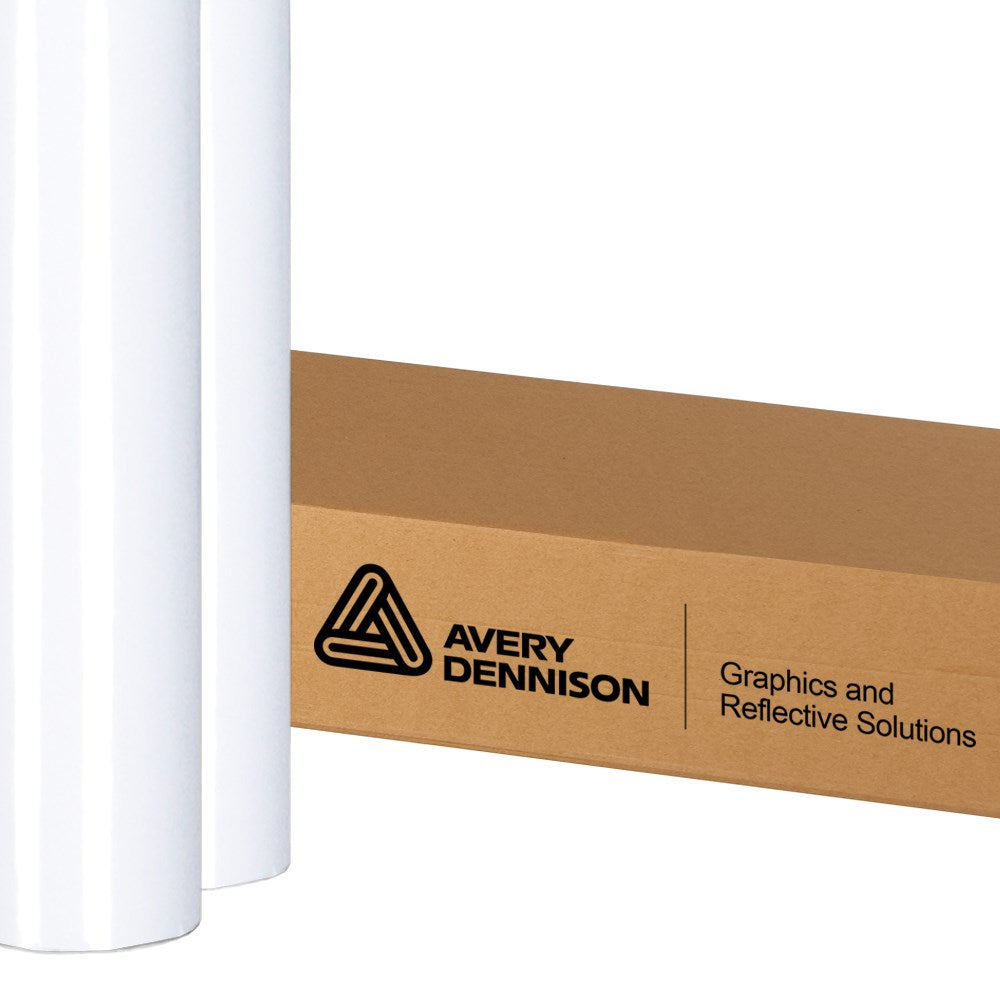When cutting materials, you want to be precise and smooth. Choppy edges can damage materials and ruin overall designs. Acrylic can be a particularly intimidating material to cut, but by using large flatbed cutters, it doesn’t have to be. There are alternatives to using a flatbed cutter, but those options come with challenges you’ll need to be aware of before deciding which route to take.
Acrylic is a plastic material, also known as plexiglass. It’s incredibly versatile and sturdy, which is what makes it an optimal material for signage. If you’ve ever worked with acrylic before, you know that it’s not uncommon to have issues such as melting or chipping of the plastic when cutting it. Flatbed cutters minimize these issues, giving your cuts a polished finish.
We all know the best tool to cut a foam board won’t be the same tool to cut acrylic material, which is why we’ve compiled this list. While we recommend using a flatbed cutter for your acrylic materials, jigsaws and hand cutters are common alternatives.
Methods for Cutting Acrylic Sheets
Different methods produce different results for different projects. The method you use if you know how to cut an MDF board will differ from how you cut vinyl. Acrylic is a sturdier material, which can make precise cuts and curves challenging.
We have detailed the best ways to cut your acrylic materials without sacrificing quality.
Flatbed Cutters
We are partial to flatbed cutters because of their versatility. For example, Summa cutters allow you to cut a large variety of materials with the same flatbed cutter, making them a worthwhile investment. The same cutter can be used for acrylic, MDF boards, magnetic materials, and more.
Flatbed cutters are also time-efficient. Summa flatbed cutters optimize workflows by having systems automatically detect and adapt to the demands of your project. For example:
- A vacuum system holds the materials in place, while the conveyor system controls the feed of the media into the cutter.
- There are three operation solutions: Tandem Mode, Operator Zone, and Poster Trim. Each setting divides the work zones to maximize production.
- Automated options can increase efficiency. Summa cutters offer automated depth control and barcode recognition features to help select the best knife and bit settings that will optimize quality. The barcode option allows you to leave the machine to run continuously and unattended for multiple jobs. The machine reads the barcodes between materials to recognize the demands for each job and adapts.
Jigsaw or Table Saw
If you have smaller-scale projects or your project does not require detailed cuts, a jigsaw or table saw can do the trick. You can cut multiple sheets by stacking them if they are thin and if your blade is thin enough. If your blade is too thick, you can chip your acrylic when you cut. It is also advisable to use blades designed specifically for cutting acrylic to minimize chipping.
Here are steps to follow if using a jigsaw or table saw:
- Mark your cut line on the plastic film covering the acrylic sheet.
- Start your blade slowly. If you use too high of a speed, you can overheat your blade and melt the acrylic. Slowly enter where you marked your line. If you need to make multiple cuts on multiple lines, be sure to let the blade cool between each cut.
- You can also use a sheet of rigid foam insulation to support your acrylic sheet so it doesn’t vibrate or crack under the table saw.
By Hand
This method is by far the most tedious, but beneficial for beginners or if you only need to make straight cuts. In this case, you will need:
- Thin acrylic sheets
- Straight edge longer than your cut
- Clamps
- One scoring knife
Before you begin the cutting process, be sure to keep the protective paper or plastic film on your acrylic sheet. Acrylic scratches easily, and the film can protect it.
Here are the steps to follow if you are cutting by hand:
- Clamp down the straight edge on the cut line. The edge of your blade should hit the cut line exactly.
- Make five to ten scratches with your scoring tool along the straight edge. Make a deep groove about halfway through.
- Take the acrylic out of the clamps and rotate the piece. You want the cut line on the edge of the work surface.
- Finally, hold one side with one hand and use pressure to snap the acrylic with the other. This should result in a clean break.
In Summary
There are several methods for cutting your acrylic sheet. By hand is best for simple home projects, a saw can be used by intermediate users, and a flatbed cutter is best for large production and professionals. For more expert tips and resources to find your best acrylic cutter, be sure to refer to the professionals at AirMark!






